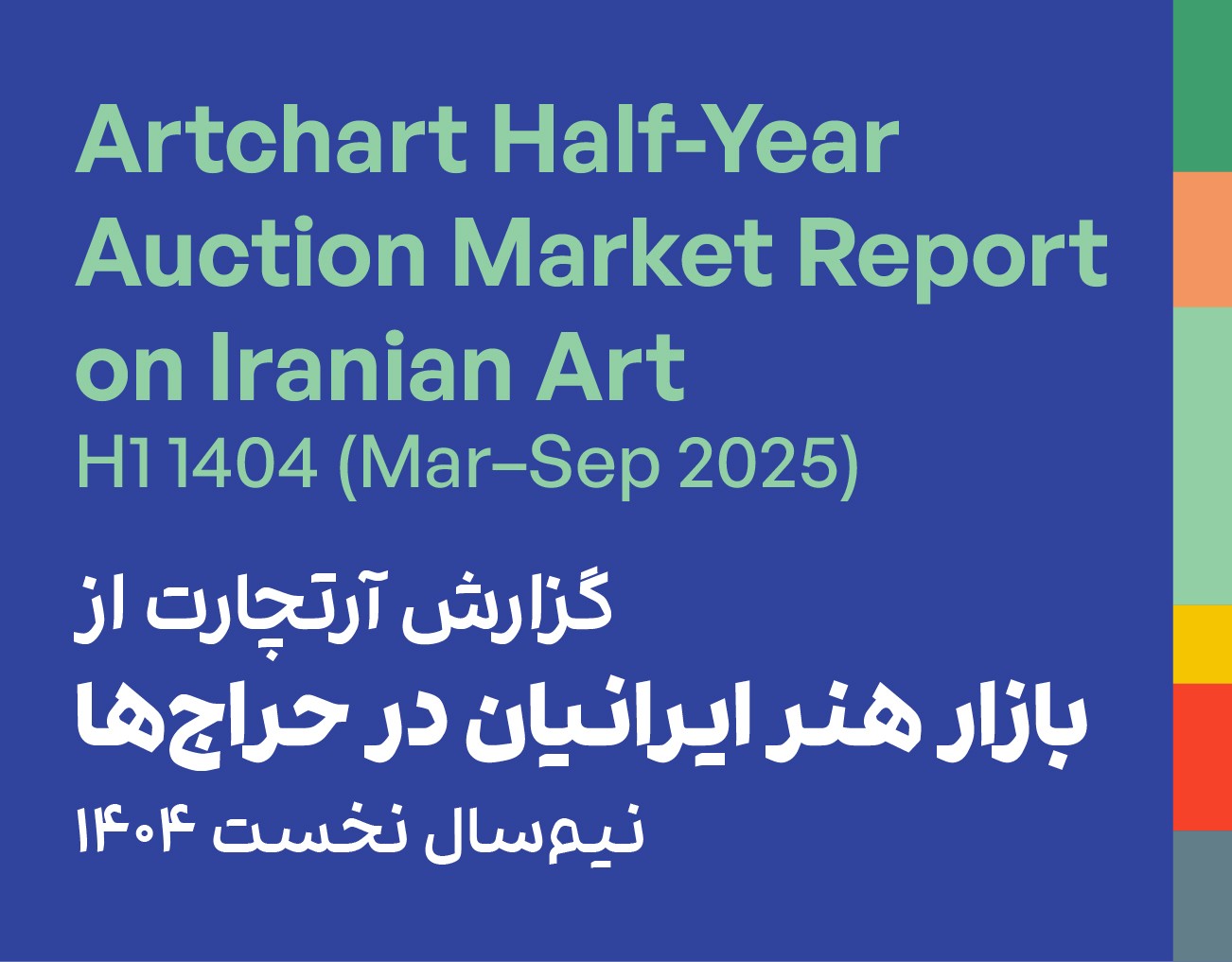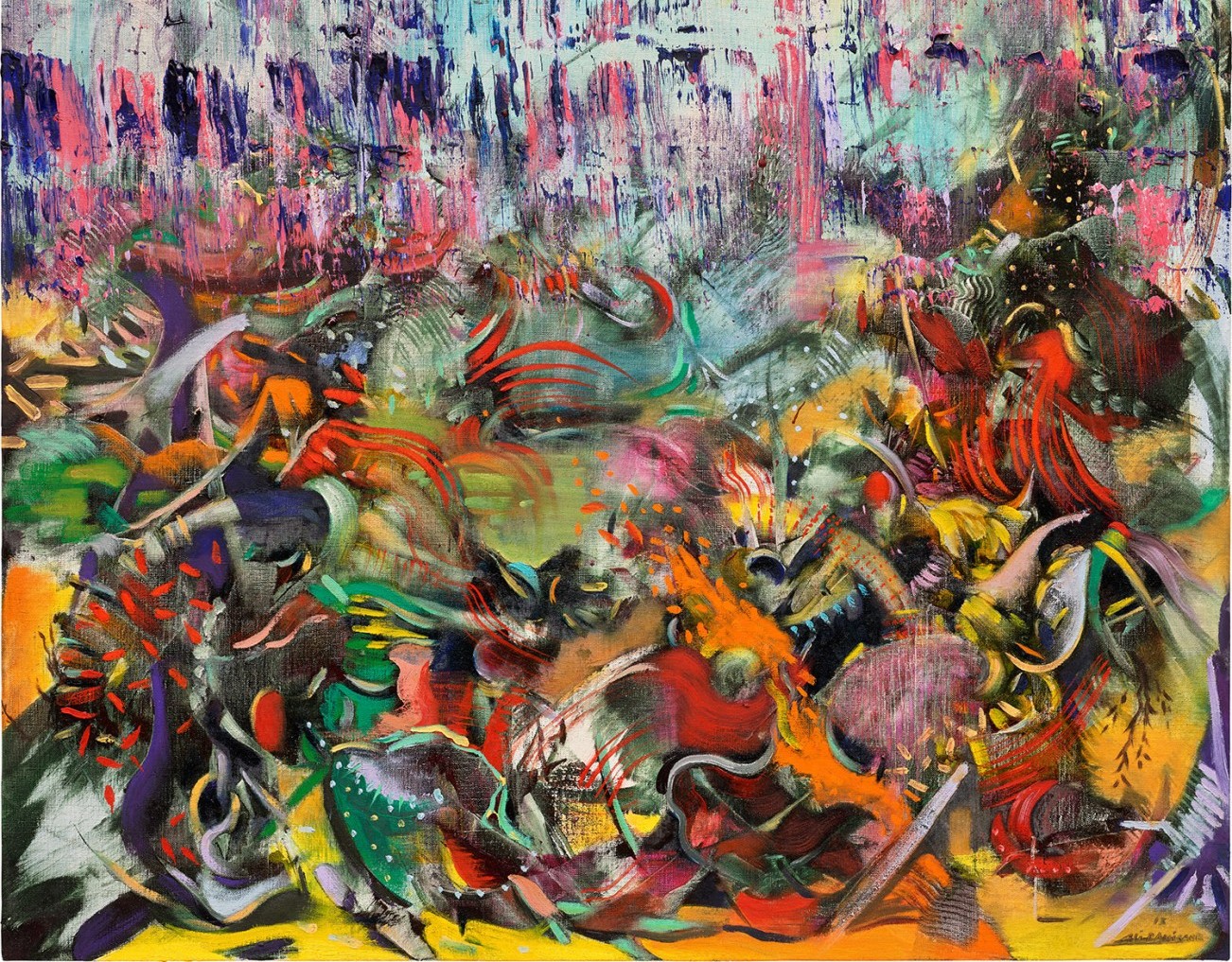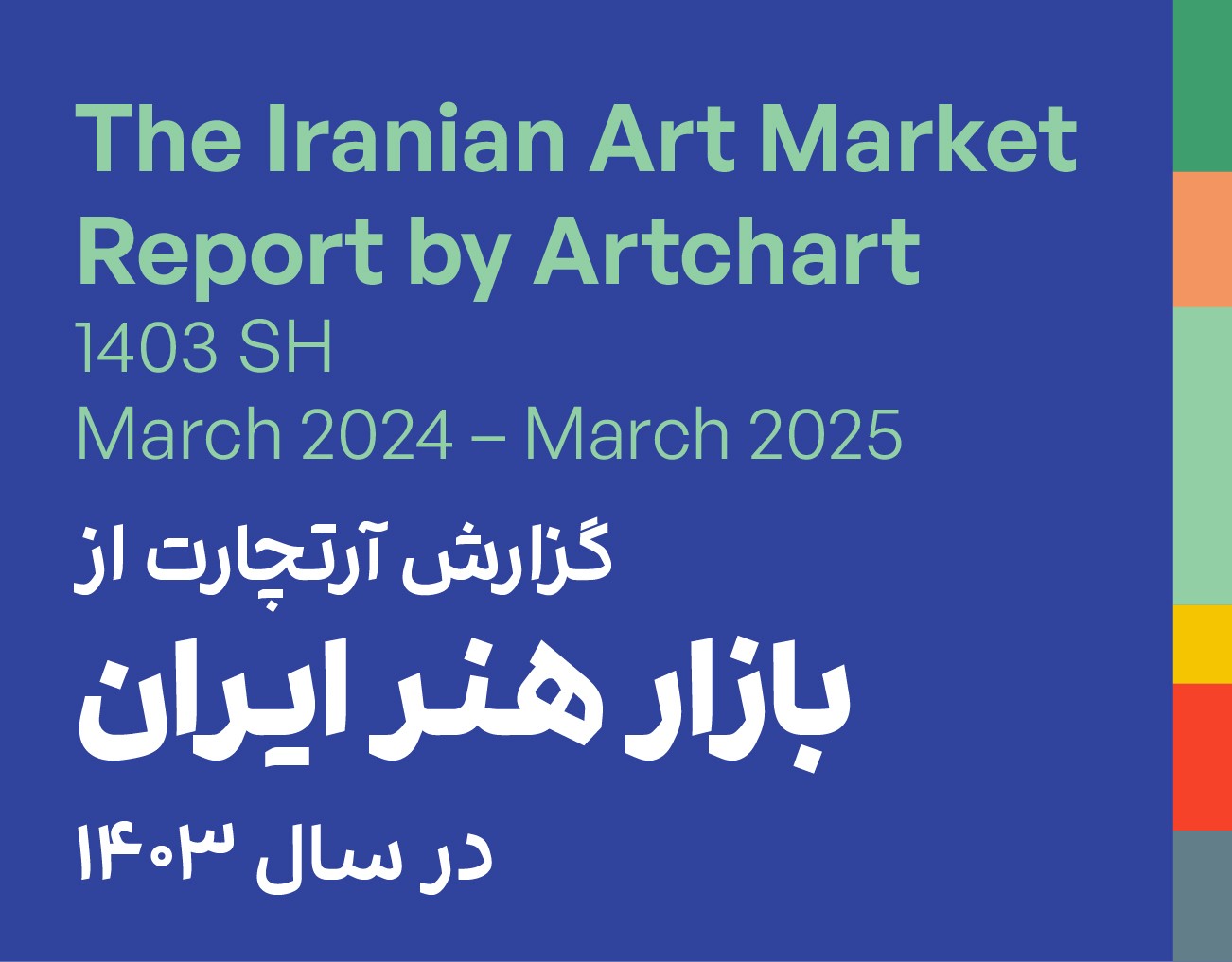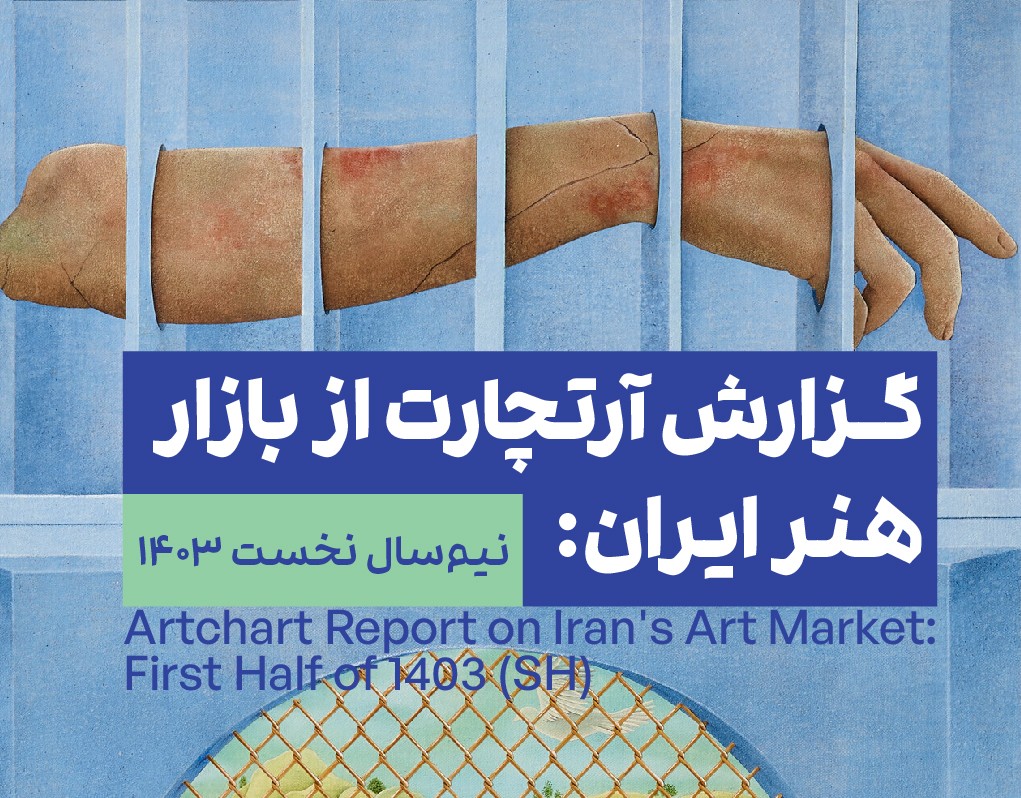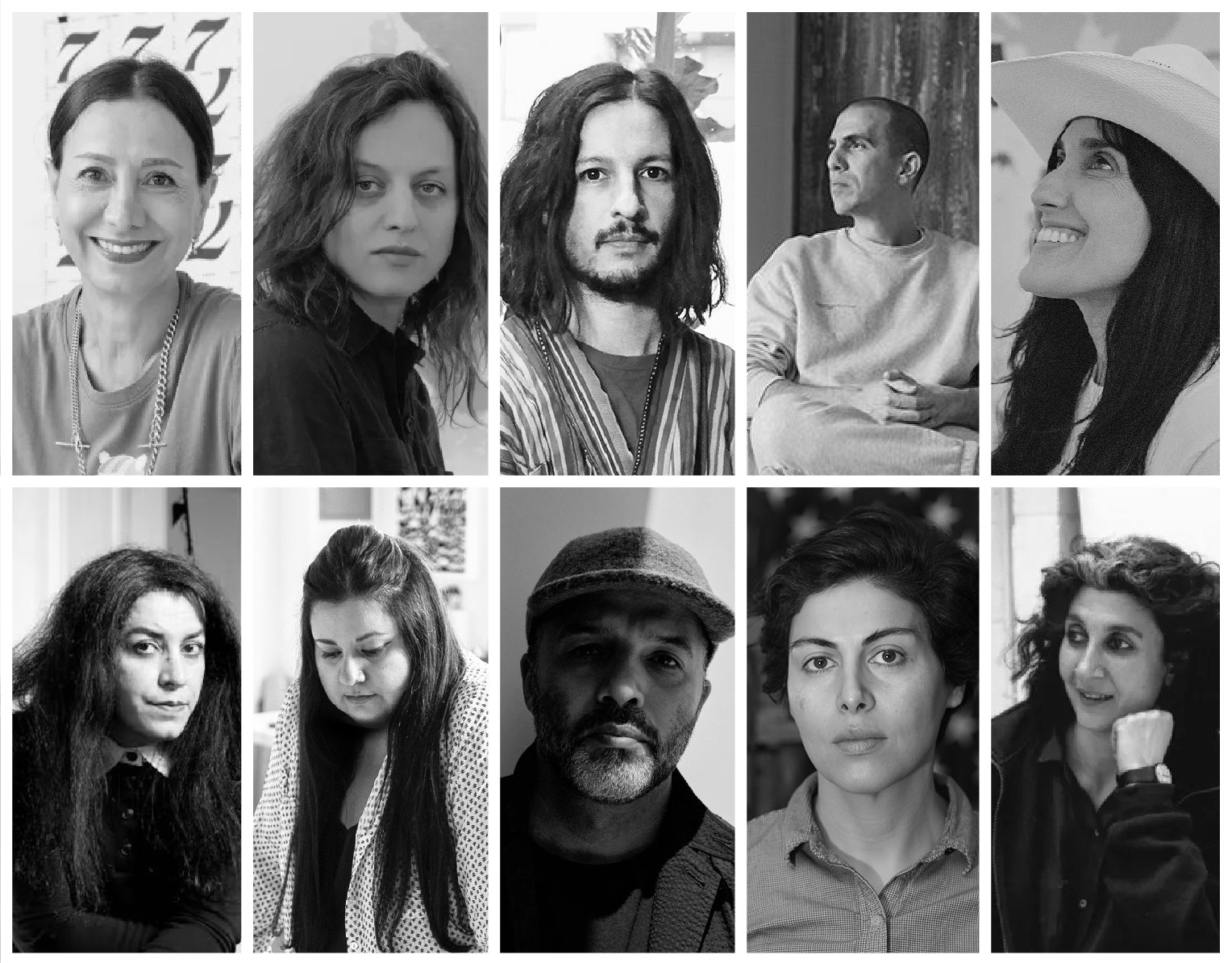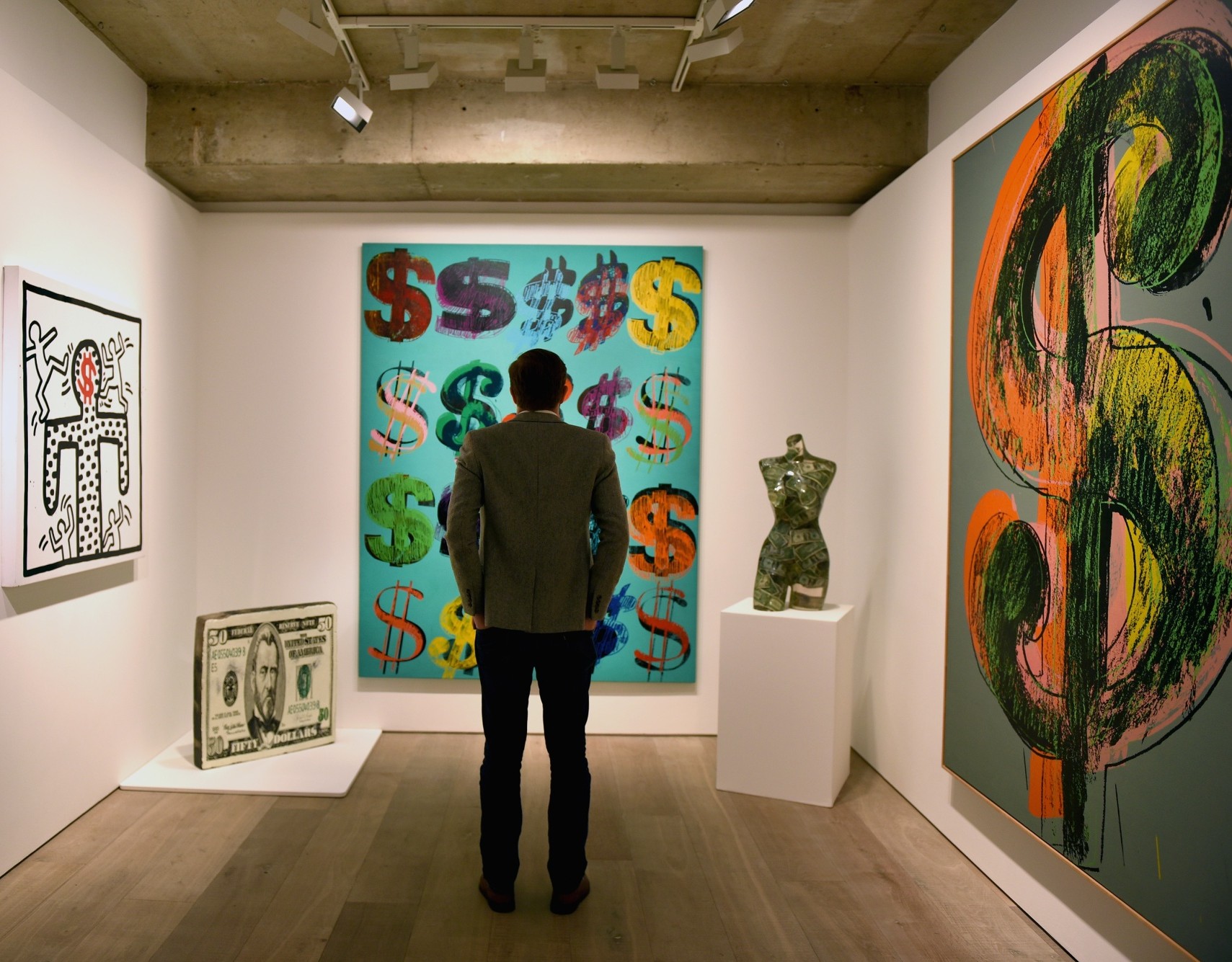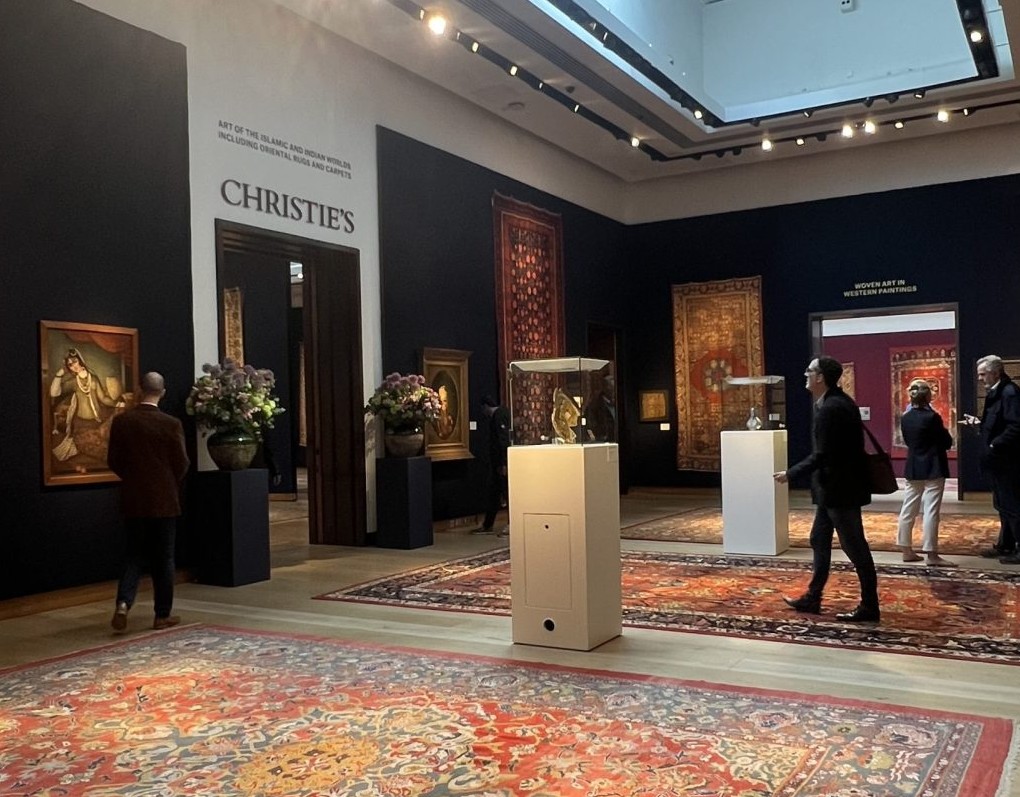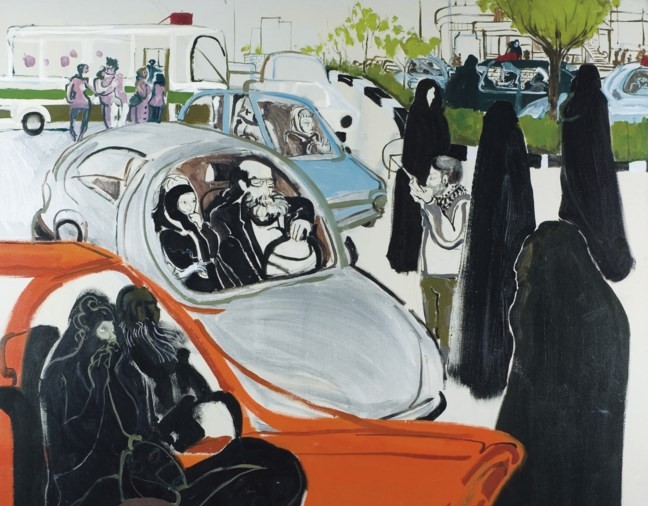Artchart Half-Year Auction Market Report on Iranian Art - H1 1404 (Mar–Sep 2025) 8 December 2025
Artchart Half-Year Auction Market Report on Iranian Art - H1 1404 SH (Mar–Sep 2025) provides a detailed overview of the key trends and developments observed in this six-month period of the Iranian calendar year. The report examines the presence and performance of Iranian artworks in auctions held worldwide during this timeframe, including the activities of major auction houses, the...
Iranian Art in the Secondary Market: Spring 2025 Report 23 July 2025
The Iranian art scene in the first quarter of 1404 SH (March to June 2025) witnessed a diverse range of artistic and commercial events. The Tehran Auction, held on May 22, focused on modern and contemporary Iranian art, offering 100 works by 97 Iranian artists. Galleries inside the country showcased exhibitions of modern and contemporary masters alongside younger artists, while inte...
The Iranian Art Market Report | 1403 SH (March 2024–March 2025) 11 May 2025
Artchart's 1403 SH (March 2024–2025) report offers a comprehensive analysis of the Iranian art market, highlighting key trends and developments over the past decade. It covers auction house activity, top-selling cities, leading Iranian artists, high-value artworks, and the most active galleries and urban centers across the country.Download the full report from the attachment to expl...
The Islamic and Neo-Traditional Art Market from Its Origins to the Present: A Look at the Statistics and Figures 3 February 2025
The Islamic art market emerged in the early 20th century and expanded through independent dealers in Paris, London, and New York. Many of these dealers, who were also collectors, imported valuable artworks directly from Iran, Egypt, and other regions. The secondary market for Islamic art matured by the 1920s, coinciding with the enforcement of restrictions on the export of historica...
Artchart Report on Iran's Art Market: First Half of 1403 (SH) 29 October 2024
Artchart, a data discovery and analysis platform focused on Iran’s art market, has been documenting and analyzing economic data for this sector since its founding in 1398 SH, offering essential insights to Iranian professionals and audiences. Since 1401 SH, Artchart has issued annual reports on Iran’s art market. This release marks its first semi-annual report, providing a mid-year...
The Iranian Art Market Beyond Borders: 10 Iranian Artists Exclusively Active in the Global Market 15 September 2024
Before the establishment of Tehran Auction in 2012, cities like Dubai, London, and Paris were the primary hubs for the sale of Iranian art. With the launch of the auction, Tehran joined the global art market map. Artists whose works had not previously been sold publicly were introduced to the market, with some even gaining access to the international art scene. While Tehran Auction...
Why is the offering of loans backed by artworks increasing globally? 31 August 2024
Using artworks as collateral for loans is not a new concept, but recent reports suggest that this practice is experiencing a notable rise and becoming increasingly prevalent in the global art market.
Observations on the pre-modern Islamic Art auction market 12 August 2024
This article is a Persian translation of Margaret Hong's "Observations on the Pre-Modern Islamic Art Auction Market." It provides an in-depth analysis of the market's trends over the past decade, noting significant fluctuations in sales and interest among major auction houses like Sotheby’s and Christie’s. The article also examines the growing appeal of specific categories, such as...
Iranian Art of the 1990s and 2000s: Trends, Movements, and Market (Part Two) 24 July 2024
The 2000s and 2010s are considered pivotal decades in the landscape of Iranian art. During this period, new artistic approaches were introduced into the Iranian visual arts scene by both the public and private sectors. The art market also began to take an interest in Middle Eastern art, organizing the first auctions dedicated to these works. In the early auctions specifically focuse...
